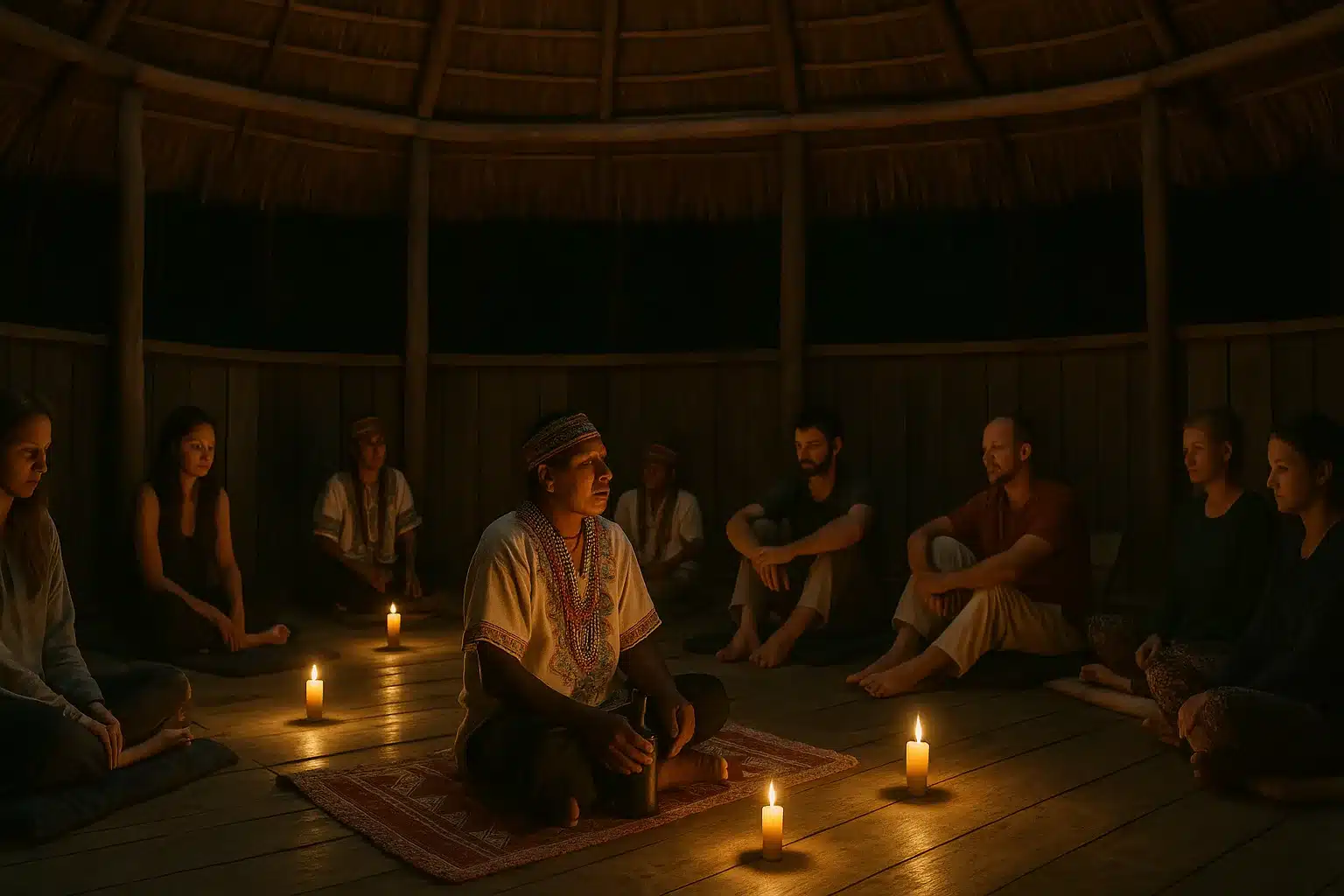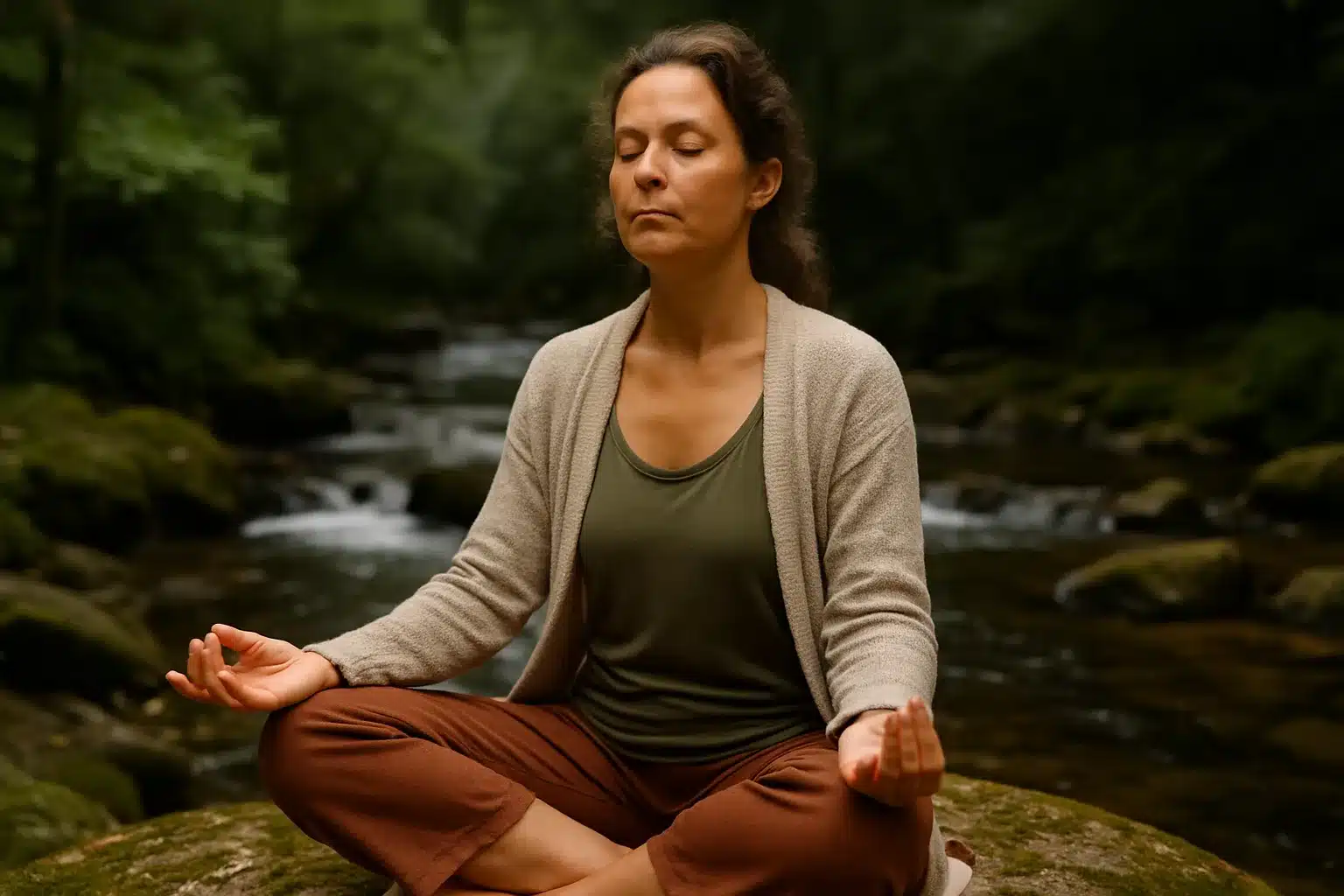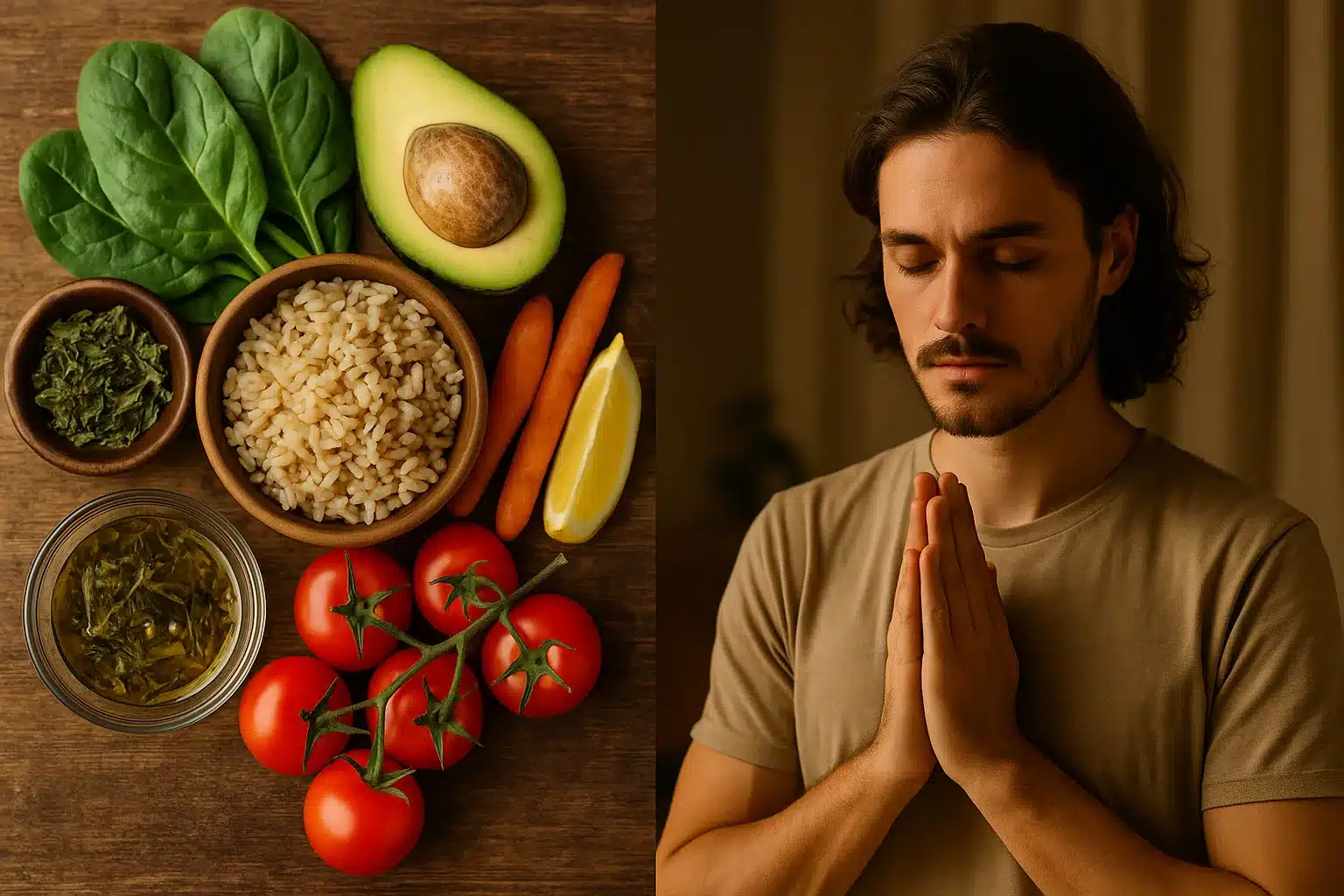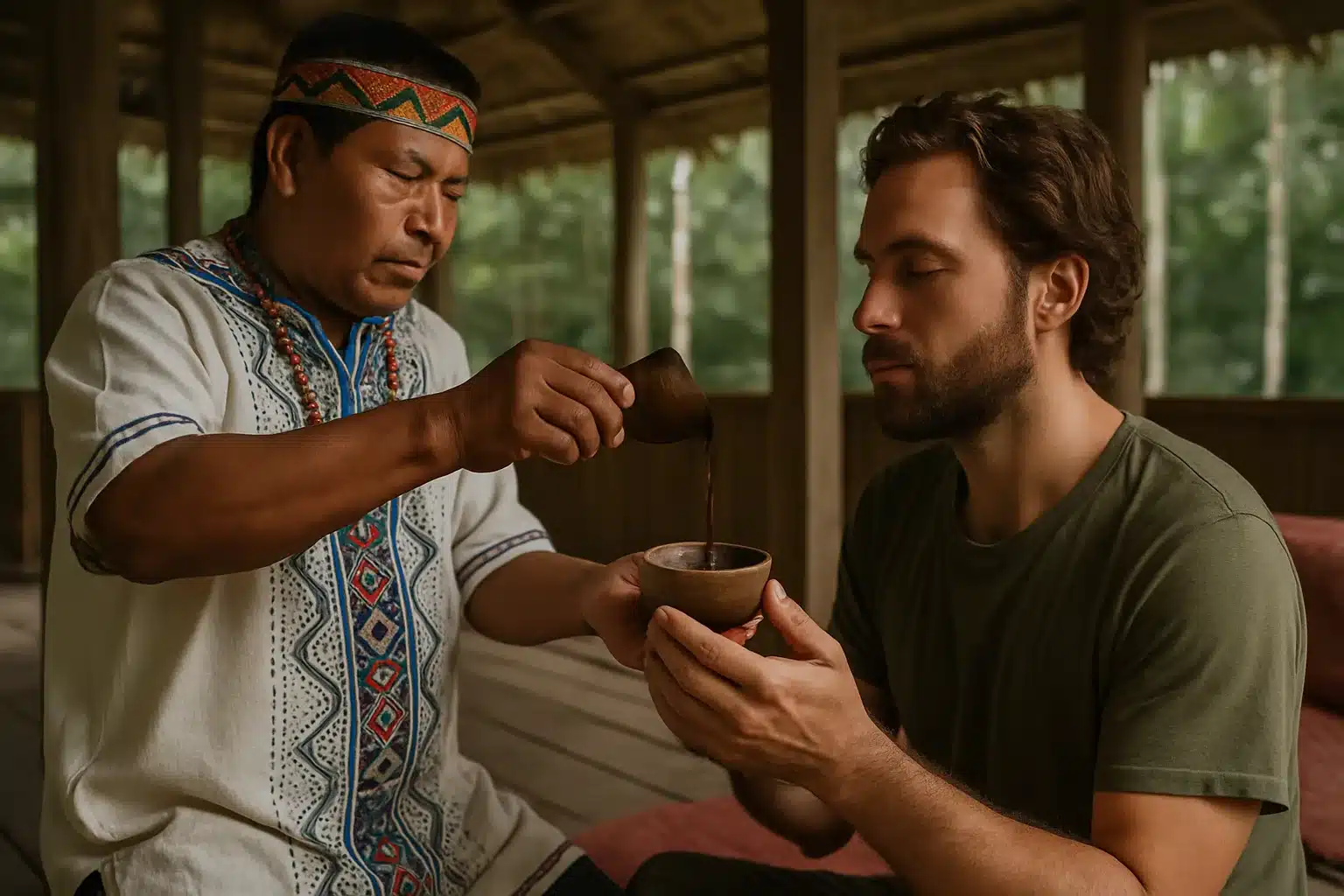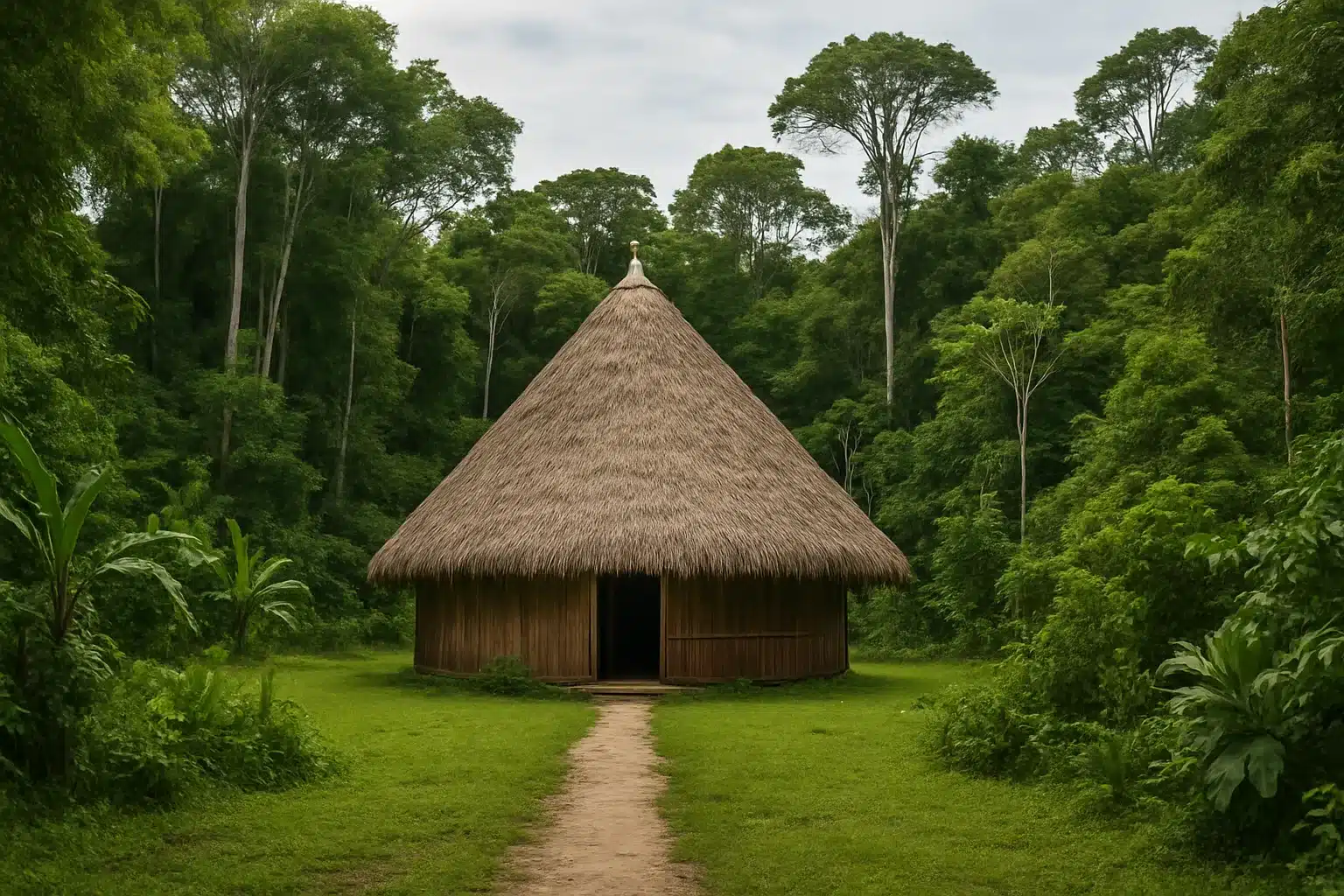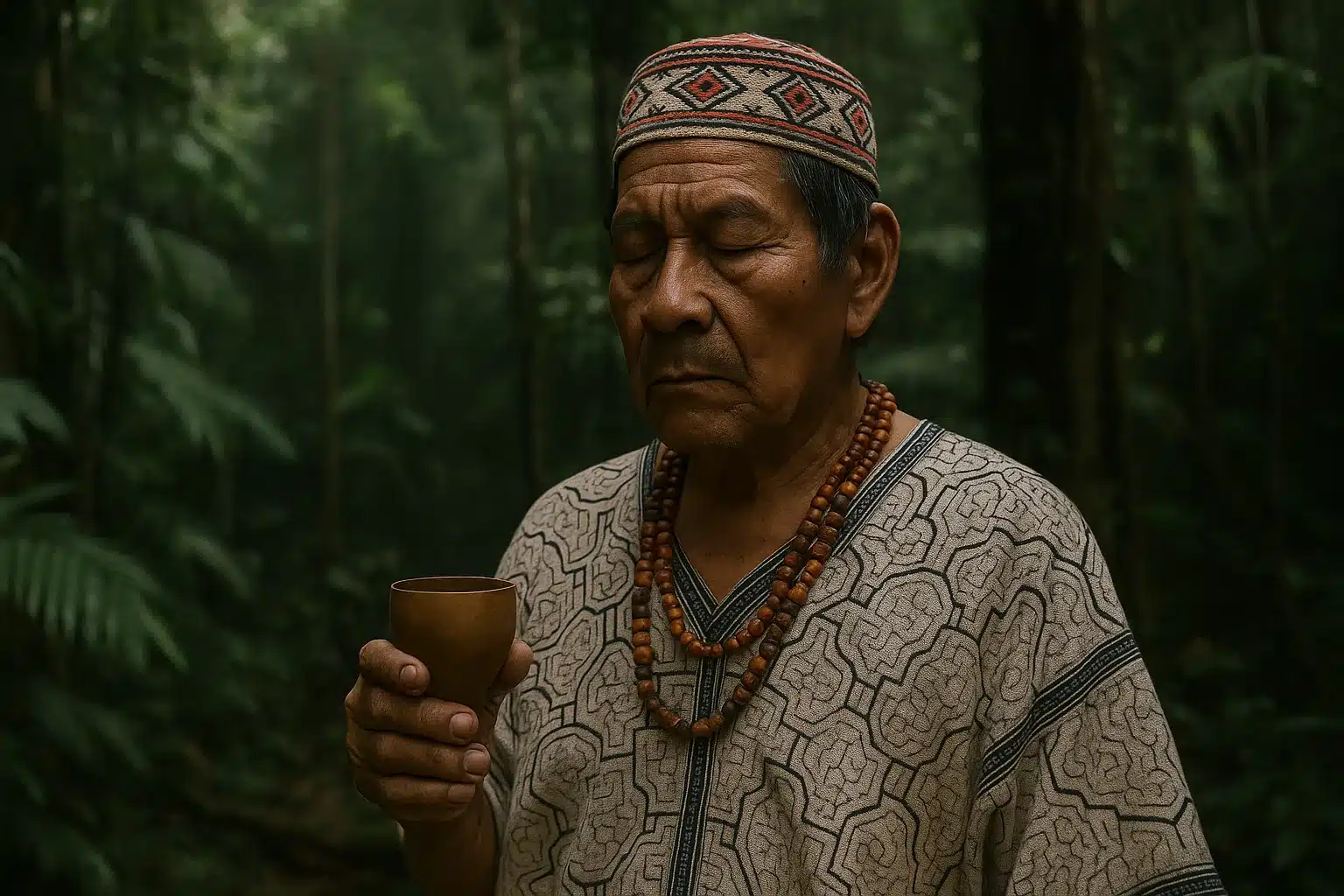Key points
-
Screen health and medications early.
-
Follow a simple, compatible diet.
-
Set clear intentions and arrange integration support.
-
Choose trained facilitators and a safe location (e.g., Iquitos).
-
Travel light, hydrate, and protect sleep.
Disclaimer: Informational only. Not medical advice. Consult qualified professionals and your retreat’s medical screener.
What ayahuasca is
Ayahuasca is a traditional Amazonian brew made from Banisteriopsis caapi (harmala alkaloids) and leaves such as Psychotria viridis (DMT). In ceremony, it can elicit intense introspection, emotional release, and sensory changes. Effects depend on set, setting, dose, and individual health.
Why prepare
Good preparation improves safety, comfort, and integration. It reduces adverse interactions, clarifies intentions, and helps you translate insights into daily life.
Timeline: two weeks to one day before
T-14 to T-7 days
-
Start the dieta: whole foods, low salt/sugar/oils. Prioritize vegetables, grains, fruits, lean proteins.
-
Remove alcohol, recreational drugs, nicotine, and supplements with stimulant/MAOI activity.
-
Begin sleep hygiene, light exercise, and daily breathwork or meditation (10–20 min).
T-7 to T-3 days
-
Eliminate caffeine, very spicy foods, aged/fermented foods (e.g., cured cheeses), and heavy/fatty meals.
-
Reduce media/slack time. Journal intentions each day.
-
Final medication review with retreat staff.
T-48 to T-24 hours
-
Keep meals simple and early in the evening.
-
Hydrate normally. Avoid ice-cold drinks.
-
Prepare your bag and documents.
Ceremony day
-
Light meals only if your center allows; many recommend several hours fasting.
-
Arrive rested, hydrated, and on time.
Medications and contraindications
Never combine ayahuasca with medications or conditions that raise risk. Common do-not-combine categories include:
-
SSRIs/SNRIs and other serotonergic antidepressants.
-
MAO inhibitors or drugs with MAOI-like effects.
-
Certain migraine meds, stimulants, and some weight-loss agents.
-
Uncontrolled cardiovascular disease, history of psychosis, or other disqualifying conditions per medical screener.
Discuss any prescription with the retreat’s clinician. Do not change or stop meds without your doctor’s approval.
Physical preparation
-
Diet: fresh, unprocessed foods; moderate portions.
-
Hydration: steady intake across the day.
-
Movement: walking, stretching, gentle yoga.
-
Sleep: regular schedule; limit screens 90 minutes before bed.
Emotional and mental preparation
-
Intentions: write 1–3 clear intentions framed as processes (“learn to…”, “understand…”).
-
Meditation: mindfulness or prayer to observe thoughts without judgment.
-
Therapeutic support: consider pre-retreat sessions and book post-retreat integration.
Choosing a safe retreat in Peru (Iquitos included)
-
Facilitators: experience, lineage, and clear roles (ceremony leader, guardians, medical support).
-
Screening: intake forms, medication review, and exclusion criteria.
-
Emergency plan: sober staff, communication, transport options.
-
Group size: transparent ratios facilitator:participant.
-
Integration: scheduled circles and follow-up options.
-
Logistics: housing, hygiene, diet, mosquito control, potable water.
Travel logistics for Iquitos, Peru
-
Access: fly to Lima, then to Iquitos (Coronel FAP Francisco Secada Vignetta, IQT). Boats or cars reach river lodges.
-
Climate: hot-humid; pack breathable clothing and rain protection.
-
Health: bring personal prescriptions, electrolytes, insect repellent, and any required vaccinations per your doctor.
-
Connectivity: expect limited mobile data at lodges; inform family of offline periods.
Packing list (essentials)
Passport and copies · lightweight long sleeves/pants · sandals + closed shoes · rain jacket · headlamp · water bottle · toiletries · small towel · insect repellent · sunscreen · journal and pen · earplugs and sleep mask · personal meds disclosed to the center.
Aftercare and integration
-
48 hours: rest, hydrate, and keep meals simple.
-
First week: journal insights, light exercise, limited social media.
-
Ongoing: therapy/coaching, community circles, nature time, and values-based routines that translate insights into habits.
Frequently Asked Questions
Is ayahuasca legal to drink in Peru?
It is part of recognized traditional practices. Private centers operate under local norms; always choose reputable providers.
How long should I prepare before a retreat?
Two weeks is a practical baseline. Some centers request longer for the dieta or medication tapers guided by your physician.
Which foods should I avoid?
Aged/fermented foods, very spicy or fatty meals, excess salt/sugar, caffeine, and alcohol. Follow your center’s written dieta.
Can I attend if I’m on antidepressants?
Do not assume clearance. Many serotonergic or MAOI-related medications are incompatible. Obtain medical approval and center screening.
What does “purging” mean?
Possible vomiting, sweating, tears, or emotional release. It’s commonly framed as cleansing. Staff monitor comfort and hydration.
How many ceremonies are typical in Peru?
Many retreats offer 2–4 ceremonies in a week with integration days. Ask for group size, schedule, and support between nights.
What should I bring to Iquitos?
Light long clothing, rain gear, insect protection, headlamp, bottle, journal, and disclosed prescriptions in original packaging.
How do I know a center is safe?
Look for formal screening, sober guardians during ceremony, emergency plans, clear facilitator bios, and structured integration.
Can insights help with anxiety or addiction?
Some people report benefits, but results vary. Plan follow-up therapy and supportive routines. No outcome is guaranteed.
What if I’m vegan or have dietary restrictions?
Most centers can adapt the dieta if informed in advance. Share allergies and needs during intake.



